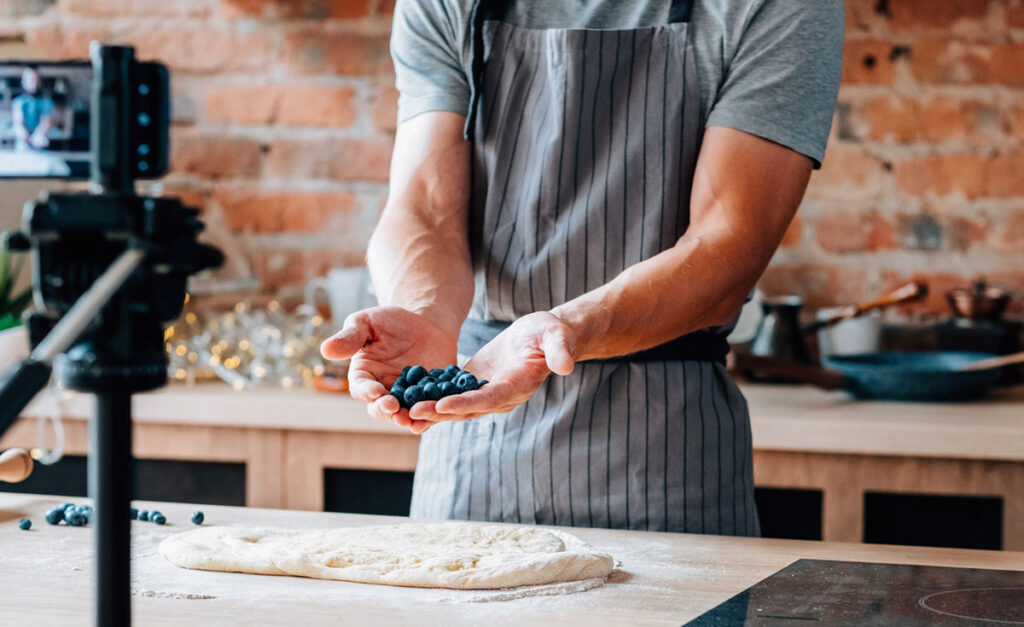DaVinci Resolve isn’t just editing software—it’s a food stylist’s secret weapon. The right color grade can make a dull shot look like it belongs in a gourmet magazine. Start in the color page, where the real magic happens. Use the color wheels to balance your shots, pulling shadows cooler and highlights warmer to create depth. The qualifier tool is your best friend: isolate the golden-brown crust of a pie or the deep red of a steak and enhance those colors without affecting the rest of the frame. This precision is what separates amateur edits from professional culinary video editing.
One of the biggest mistakes in food video color grading is over-saturating everything. Instead of cranking up the vibrancy slider, focus on contrast and luminance. A slightly desaturated background with a pop of color on the food draws the eye exactly where you want it. The HDR tools in Resolve help recover details in shadows and highlights—critical for shots where a bright plate contrasts with a dark tablecloth. And don’t ignore skin tones: if a chef’s hands look unnatural, use the face refinement tool to correct it while keeping the food’s colors intact.
The node-based workflow in Resolve gives you endless creative control. Start with a primary correction node to balance the shot, then add secondary nodes to fine-tune specific elements. A parallel node lets you blend a heavily graded look with the original footage for a more natural effect. Save your node tree as a template for consistency across all your food and beverage videos. Pro tip: scopes are your guide. The waveform and vectorscope help you make precise adjustments instead of guessing. Trust the data, not just your eyes.
The best color grades tell a story. A warm, golden tone can make a breakfast scene feel cozy, while a cool, high-contrast look suits a sleek, modern restaurant. Experiment with LUTs (Look-Up Tables) for quick styling, but always tweak them to fit your footage—no preset is perfect out of the box. Render in high bitrate to preserve the richness of your grades. When done right, your food videos won’t just look good—they’ll make viewers crave what they see.

